5 Popular Chinese Medicinal & Edible Plants That You Probably Already Have in Your Garden or Yard
I bet you have at least 1 of these 5 Chinese medicinal & edible plants living incognito in your Garden or at least are familiar with it!
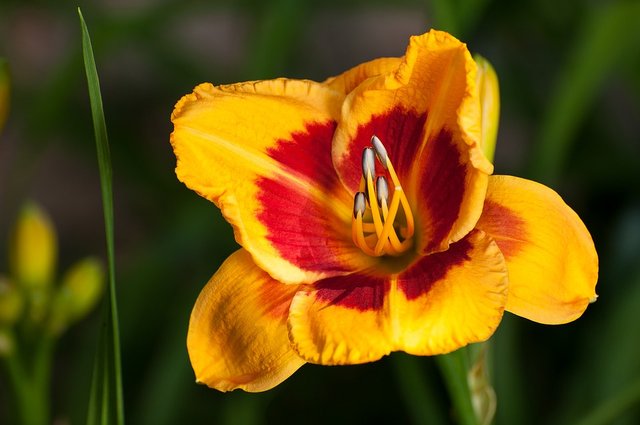
Did you know that as plants started to come over from China, they were adopted not as medicines in America, but as landscaping plants, flowers, shrubs & trees?
This all started with Marco Polo in the 13th century as he began the cultural exchange of plant material. From there it grew to such famous botanical gardens as Britain’s Royal Botanical Gardens at Keu and from there western botanists sought useful and especially ornamental flowers to introduce to the US.
The Chinese Material Medica is a very extensive compilation that goes back to over 5000 years of (documented) use.
As @lilygolightly reminded me in a comments today,
Natural health practitioners in China were paid to keep people well, to maintain their good health. Payment stopped if the person became sick.
Imagine if we had that system today!Traditional Chinese Medicine (TCM) is one of the oldest documented natural holistic medicine traditions on the earth, on par with Ayurveda. In it there is everything from the more obscure and perhaps controversial turtle shell & tiger penis, to the things we consider weeds like Honeysuckle & Kudzu. What most are not aware of, however, is that many common landscaping plants in our gardens are highly prized herbal medicines from China.
As Steven Foster writes in his book Herbal Emissaries,
Many Chinese medicinal plants are better known to the vast majority of Americans as ornamental garden perennials, among them daylilies, forsythia, chrysanthemum, and peonies. Others are known as shade or fruit producing trees, such as white mulberry, gingkos, or the silk tree.
In the following paragraphs I’m going to focus on a handful of these as I describe their medicinal and other uses. One cool thing about this is that it makes plant-speak accessible for more people as many are already familiar with them, have them in their gardens or in landscaping around their neighborhoods or cities. As these plants are literally everywhere, once people learn their uses they can benefit and take part in speaking the language of these fantastic allies. Again, what is a flower in one place may be used as a powerful medicine in another.
Daylily
Hemerocallis spp. or Xuan-cao
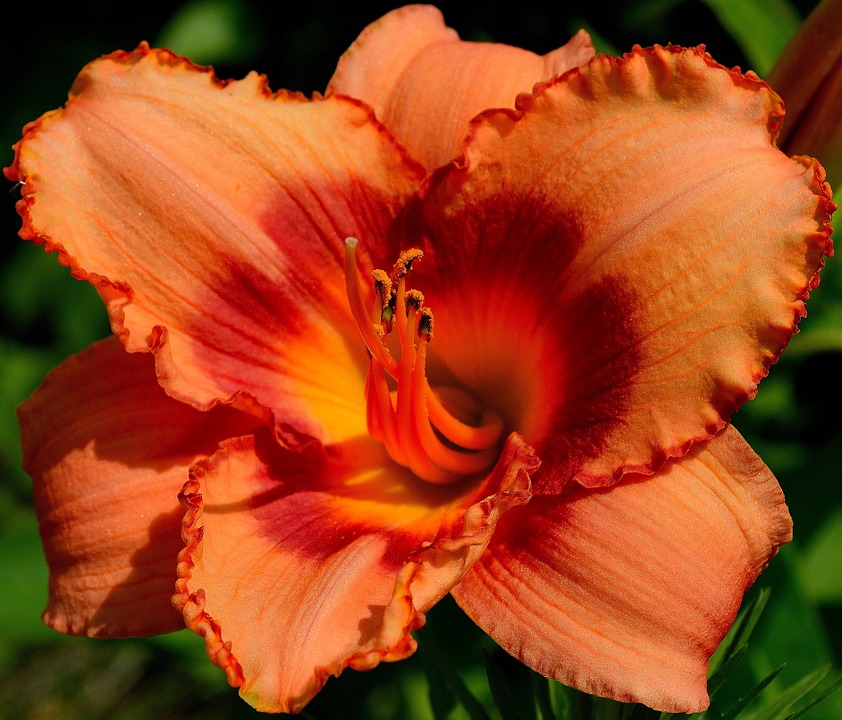
The flower of the dailylily is edible and can be consumed in salads fresh. The root is used as a medicine for treating edema, urinary conditions, jaundice, hepatitis, toothache, bloody stools, uterine bleeding and mastitis.
Mulberry
Morus alba or Sang-Ye
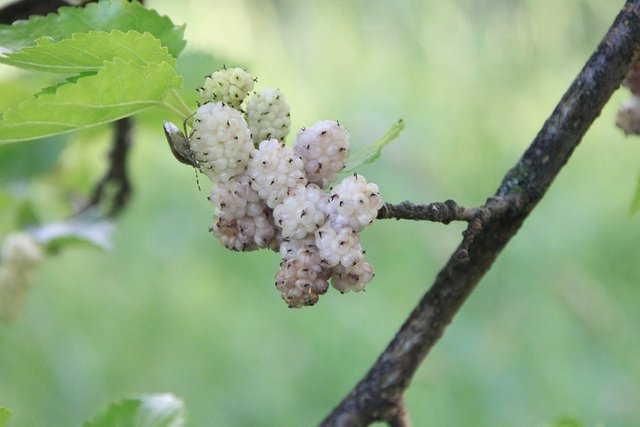
Virtually all parts of the mulberry tree are used in one form or other. Leaves are prescribed for colds, headache, red eyes, sore throat, cough due to lung heat, eczema. Root bark is used for asthma and cough, bronchitis, high blood pressure, diabetes, traumatic injuries and hypertension. Fruits are used for vertigo, tinnitus, dizziness, palpitation, constipation, poor eyesight, blood deficiency and weak joints.
Japanese Honeysuckle
Lonicera japonica or Jin-Yin-Hua and Ren-Dong-Teng
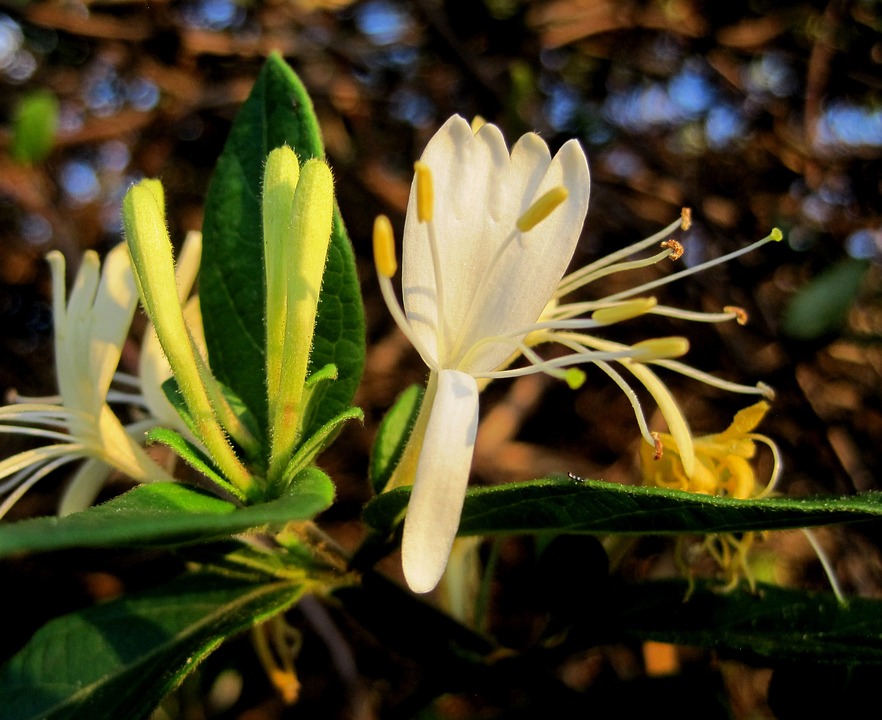
Flowers are used to treat infections of the upper respiratory tract, fever, colds, flu, acute mastitis, acute tonsillitis, lung abscesses, pus, inflammatory diseases with redness of the skin and swelling. Stems are used for rheumatism, urticaria, mumps, upper respiratory tract, flu and appendicitis. An injectible form of the flowers is used in Chinese hospitals to treat injected injuries with pus.
Peony
Paeonia lactiflora or Bao-Shao
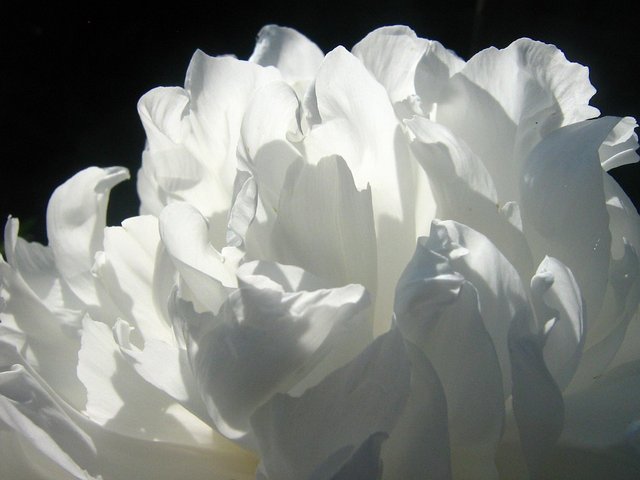
The root is used for hypertension headaches, vertigo due to blood deficiency, pain the chest and sides, stomach and intestinal pain, diarrhea, difficult or painful menstruation, uterine bleeding or spontaneous perspiration. It was traditionally used as a treatment for knife wounds. May also prevent gastric ulcers from nervousness and is antibacterial and antiviral.
Forsythia
Forsythia suspensa or Lian-Quiao
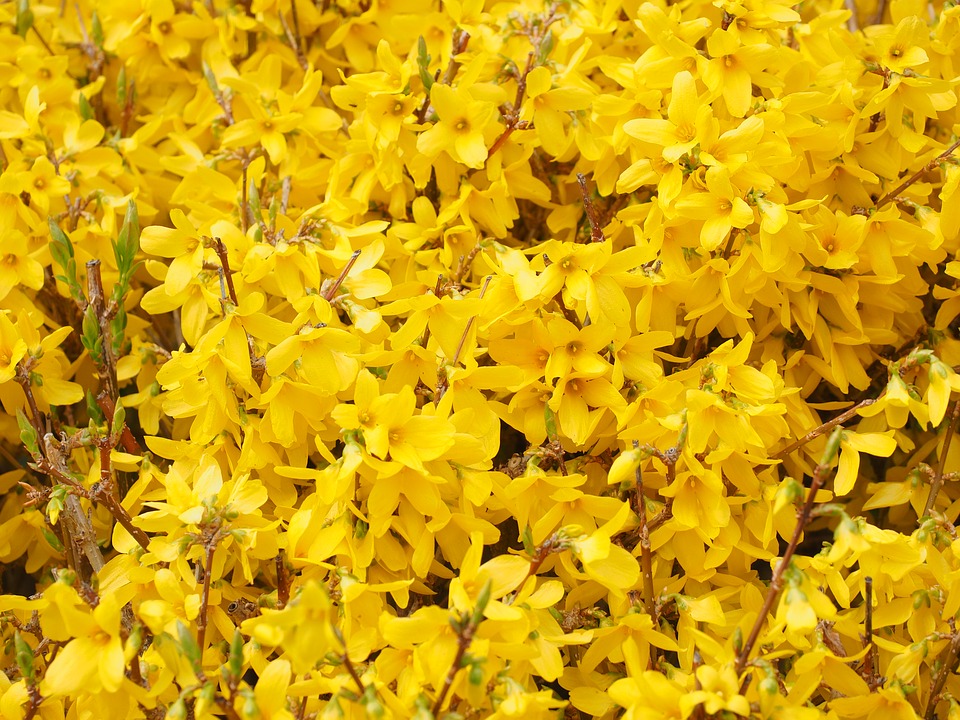
The dried ripe fruit is used as pus-eliminating and anti-inflammatory action, internally and externally. For example, in the treatment of inflamed sores, a decoction of the fruit is used. It also has been noted in treating acute infectious disease, pulmonary tuberculosis, cervical lymph node tuberculosis, skin infections, acute viral hepatitis, hemorrhage of the retina and purpurial skin lesions. Taken as a capsule or as a tea.
So how many of these are you familiar with and/or do you have in your garden/yard? I am very curious!
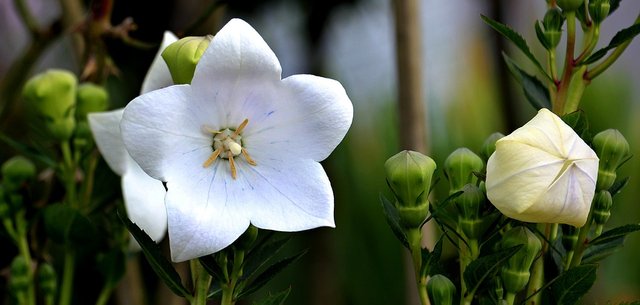
Other flowers that you’re probably familiar with that I didn’t share details of include Balloon Flower (Jie-geng), Cockscomb (Ji-guan-hua), Dianthus (Qu-mai) and Mums (Ju-hua).
Personally I grew up around each of these plants and only slowly learned of their edible and medicinal values as my interest in Herbalism & Wild Edibles grew!
Plants speak a language that we can learn and implement in our daily lives. If you found this interesting, feel free to give it an resteem to share the knowledge! Thanks for stopping by ☺
Wow, every one of these plants is within a 5 minute walk from my house. I love plant medicine, I mean I freakin’ love it!
YAY, joyous news! Isn't it great to be empowered to walk with plants ? Love your enthusiasm.
My mother had every one you mentioned except mulberry. She was a self taught homeopath and herbalist, and a wildflower gardener. I never realized that her wildflower garden was actually mostly medicinal for many years. She never taught me the uses, she just taught me identification and care. It was ingenious, really, left me to "discover" herbal medicine for myself. She had some great herbal books, though. I think it was Culpepper who extolled the virtues of Solomon's Seal, including the plants help in "resolving bruises obtained from women's wilfullness in running into their husband's fist." :)
omg that last sentence! my gosh, we've come a long way, eh?! that's really cool about your mom. i love stories like that. the things hidden in our mother's and grandmother's gardens... my parents moved last year and so i dug up quite a few irises (that were my grandmothers) and peonies and other plants that my mom had established and they're now on my land to live another life and i can use them as medicine and food and for beauty, of course... that type of lineage is so meaningful to me. <3
Those energy connections are important!
Congratulations! This post has been upvoted from the communal account, @minnowsupport, by mountainjewel from the Minnow Support Project. It's a witness project run by aggroed, ausbitbank, teamsteem, theprophet0, someguy123, neoxian, followbtcnews, and netuoso. The goal is to help Steemit grow by supporting Minnows. Please find us at the Peace, Abundance, and Liberty Network (PALnet) Discord Channel. It's a completely public and open space to all members of the Steemit community who voluntarily choose to be there.
If you would like to delegate to the Minnow Support Project you can do so by clicking on the following links: 50SP, 100SP, 250SP, 500SP, 1000SP, 5000SP.
Be sure to leave at least 50SP undelegated on your account.
4/5 that I know of around my area! Could possibly be 5/5 as I'm not equated with Forsythia. Mulberry is amazing and hope to have a location prime for some young trees in the near future! Awesome post as always!
Happy to hear it! I really love and appreciate mulberries. The tea tastes quite like green tea too. Best of luck with mulberries. We had 100 delivered yesterday so we'll be planting some too (although ours are the native red mulberry)
forsythia make fruit?! i had some, before, and i dont recall ever seeing anything come from the flowers. maybe they were deficient in something in the soil? or the stupid deer were able to pick them off without disturbing the leaves?
I wondered that too. Perhaps it's a male/female thing or maybe they are sterile hybrids. I honestly don't know though.
How awesome is traditional Chinese medicine! I love the herbal aspect of TCM although my knowledge in that area is pretty limited
Ancient wisdom for sure. We're just scratching the surface but it's certainly fascinating.
I have heard of most of those, but don't have any in my garden. I like the idea of paying someone to keep you healthy and not paying them when you get sick. That makes sense to me. I read about it in a children's book back in the day.
yes doesn't that just make so much stinking sense!!
hey are you still housesitting for your friends? how's it goin?
Nope. We finished with that yesterday. It went really well. I'm glad we had a chance to learn more about ducks and chickens. It was a good experience. Thanks for asking.
Glad you enjoyed it and that it went well. Birds are quite interesting creatures to watch. We love just watching chicken TV
that was mystery of nature...they can heal us...but many people disturb them...human.. :(
Ya, sometimes the ones to heal are even the ones to show up after a disturbance.
Daylily is so cute flower .... thanks for sharing
yes, thank you
Interesting, I have a old mulberry tree that is in sad shape. It’s really large and looks like somebody grafted another one into it. We’ll see what it does this spring.🐓
Nice. FYI, mulberries coppice readily, so if you just ABOVE the graft you should get renewed vigorous growth. I'm curious how it will do for you.